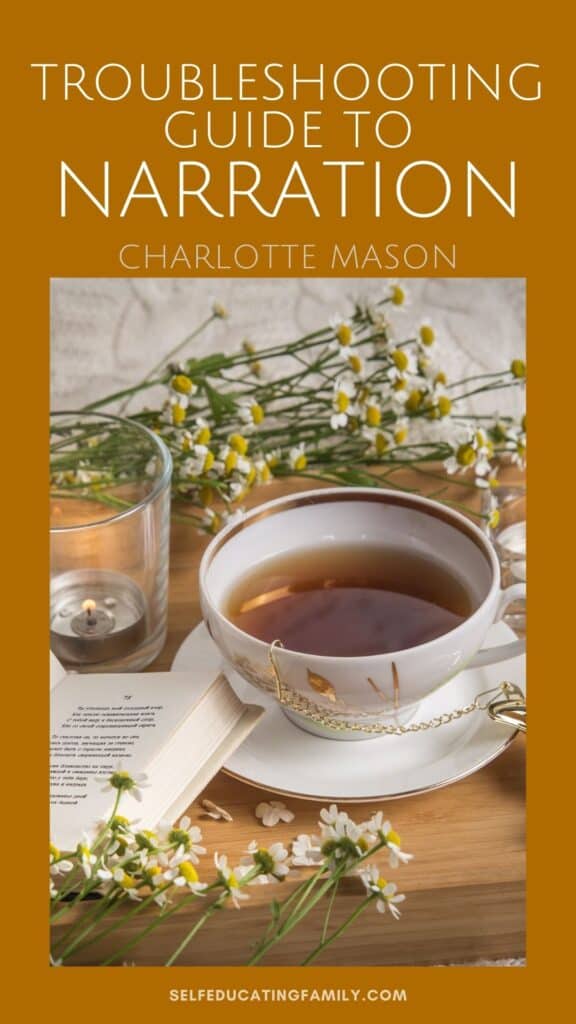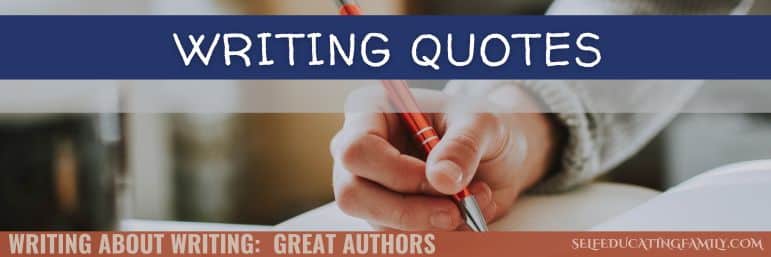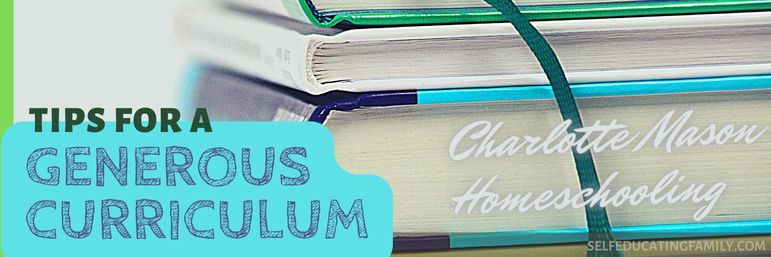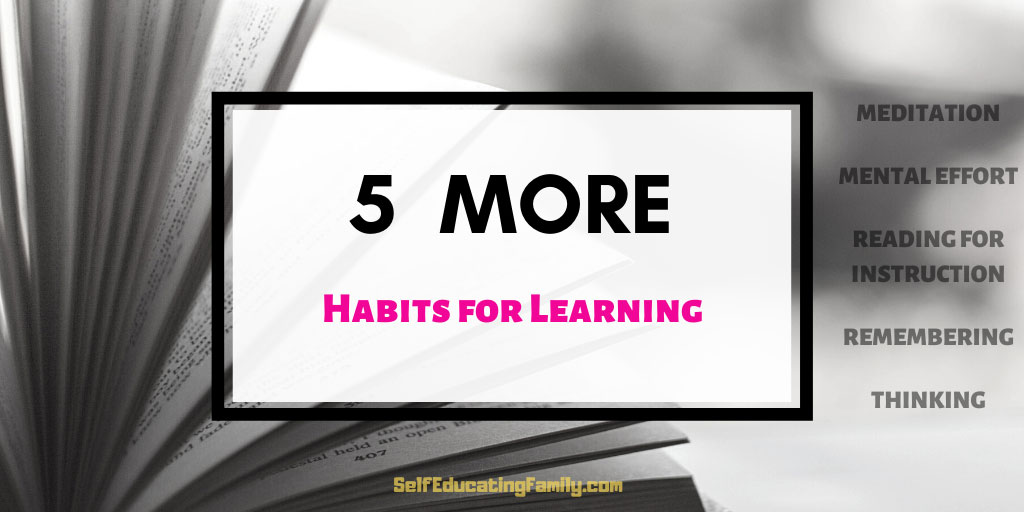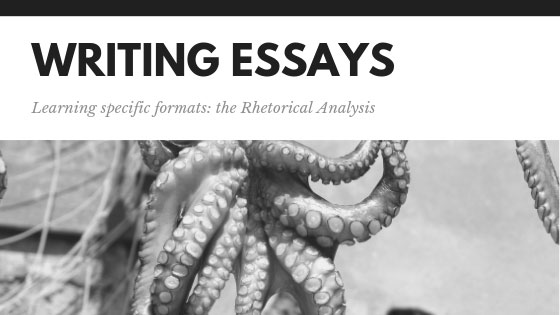What’s inside: A look at Charlotte Mason narration (which is her Principle #14), how it works, why you should incorporate it into your learning, and a chart for troubleshooting when issues come up.
Disclosure: This post contains affiliate links, meaning that if you make a purchase after clicking through, SelfEducatingFamily will receive a small commission at no extra cost to you.
Principle 14: What is Charlotte Mason Narration?
Charlotte Mason-style homeschooling relies heavily on narration from living books.
Basically, narration is a “telling back” from the child of what they just heard or read.
Narration is fundamental to Charlotte Mason’s methods. In fact, it is Principle 14 (and 15!) of her “20 Principles” of Educational Philosophy that she stated in the preface of each of her 6 volumes of her Home Education Series.
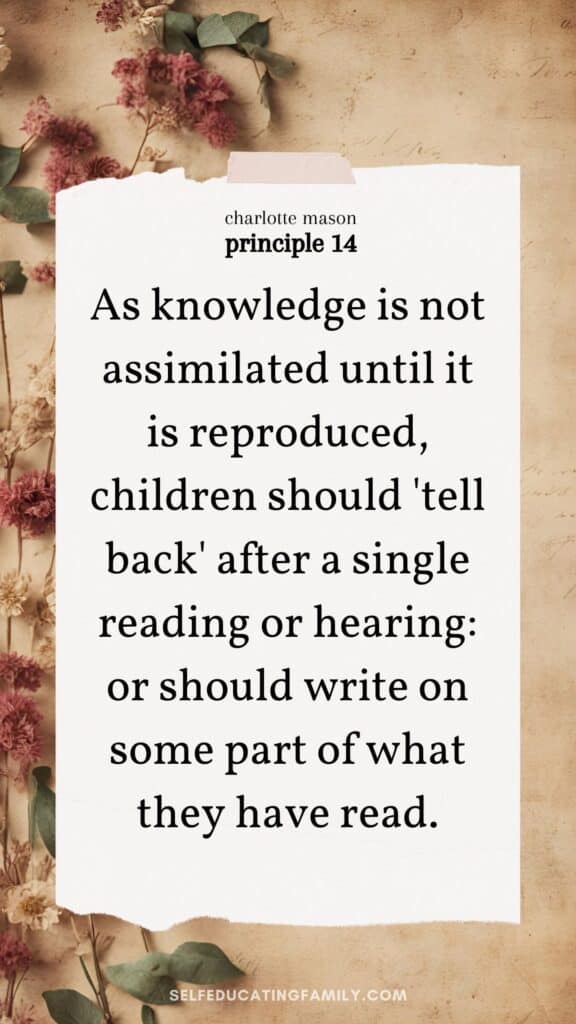
It helps the child process information, make connections, and make learning their own.
In Charlotte Mason schools, narration was part of the assessments at the end of a term since much of the assessment was done orally.
The beauty of this learning technique is similar to the idea that if you can teach or explain something, you have learned it. With narration, if you can tell it back you begin the journey of incorporating it into your own personal body of knowledge.
How do I do Narration?
The child reads (or listens) then tells back.
It’s that simple.
Don’t overcomplicate it.
Is it really that simple?
Yes and no.
The theory is simple. The practice should be simple. But sometimes it isn’t.
We’ll get into where you might run into troubles in this post, but first…
What did Charlotte Mason say about Narration?
One of my favorite CM quotes about narrating is this:
Children Narrate by Nature.––Narrating is an art, like poetry-making or painting, because it is there, in every child’s mind, waiting to be discovered, and is not the result of any process of disciplinary education.
—Charlotte Mason, Home Education, Volume 1 of the Charlotte Mason Series.
According to Charlotte Mason (CM), narration comes naturally. She describes the way in which children can use narration to grow the habits they will need to become a life-long learner: such as attention, remembering, thinking, imagining, and many others. But she also describes narration as an area that children grow in.
Remember, narration is not the lesson itself. Narration is the TOOL used to do the lesson. The subject of the lesson can be whatever subject you are trying to do.
As to the method of the lesson:
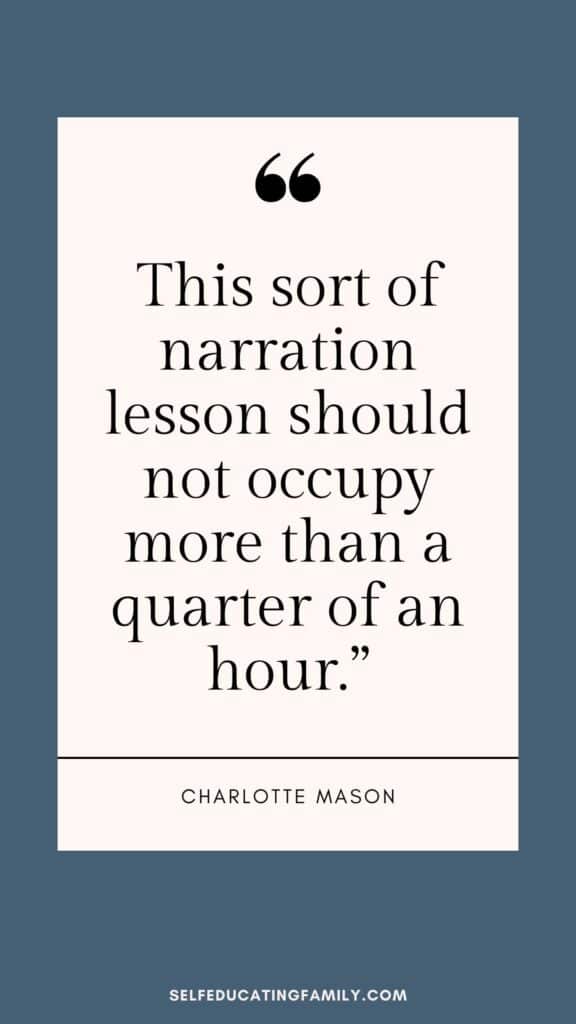
Method of Lesson.––In every case the reading should be consecutive from a well-chosen book. … Then, she may read two or three pages, enough to include an episode; after that, let her call upon the children to narrate,––in turns, if there be several of them. They not only narrate with spirit and accuracy, but succeed in catching the style of their author. It is not wise to tease them with corrections; they may begin with an endless chain of ‘ands,’ but they soon leave this off, and their narrations become good enough in style and composition to be put in a ‘print book’! —Charlotte Mason, Vol 1, p 233
And don’t forget, “This sort of narration lesson should not occupy more than a quarter of an hour.”
Charlotte Mason Narration Summary according to CM (from her book)
- The art of narration seems natural for children.
- Start at age 6. Note: you will read stories to them, of course, before this age, but don’t ask them toofficially narrate anything back. You can allow it if you have mixed ages and they want to add something.
- Use living books, starting with short fables. Gradually go for longer as the child ages.
- Read the story ONLY once
- Then they retell it.
- Take no more than 15 minutes at first – use SHORT lessons!
- When you start reading longer stories, you will only read a page or two (what CM calls an “episode”) as you work your way up to whole chapters. You can start each continuing day by asking them to tell what they remember from the day before.
- Keep yourself from interrupting or narrating (unless you are modeling the method).
- Break up a narration between children if you have more than one. You can ask each to narrate only one thing and go around to each child until everyone is done narrating, or you can take turns narrating each passage.
- Once they read independently, they narrate to you when they are done.
Good Narration Takes Practice
However, while narration seems straightforward, we find that it’s not easy to do well – at first. It takes practice.
It may come naturally to a child, but if you don’t practice it, it may feel awkward. Practicing helps order and sort ideas. A child sometimes doesn’t always do this in the “logical” way that we would because their brain is still developing. But it helps their brain to learn to do this.
You should learn to narrate well also – you should be able to model what a good narration sounds like.
When the ladies in my book club tried narrating the Know & Tell by Karen Glass (it’s a book all about CM narration!) we were reading together, we all saw immediate improvements in retention of information as we narrated to ourselves.
Meanwhile, to become good takes time.
Go slowly with narration. You have the whole child’s schooling career to become an amazing storyteller.
Narration Benefits
Before you get narrating, let’s review how narration works.
- Developing your brain: sequencing and working memory function
- Making connections to information already in your brain
- Improved processing of information
- Better language skills
- Improved attention
It amazes me that the more we learn about how the brain works, the more Charlotte Mason methods, like narration, seem to me to be just the thing for educating young minds.
My troubles with narration
We started using Charlotte Mason methods, including narration, when my oldest were in second grade. Each year, we would try to get better at using narration, with some years better than others.
We’ve had struggles over the years.
Consistency
Problem: Consistency (my biggest problem).
Easy fixes:
- Start again today.
- Repeat tomorrow.
- Put narration on your “to-do list” or on your schedule.
- Add it to your kid’s checklist or planner next to each subject or book on the list that needs narration.
- Put it in your loop schedule.
- Include it in your morning basket routine.
And try not to be hard on yourself. Just start again, wherever you are in the process.
Tip: Be specific in your planner or checklists, like “Narrate History Lesson,” or use a special symbol for the subjects you want your kids to narrate.
Doubts
Problem: Doubts that it works
It’s hard to see in the trenches.
When they are little, you read many books to them and you all get outside a lot on nature walks. Fun! And YES, they are really learning, even if it seems like they were just playing with some sticks in the mud.
With traditional schooling, it is very reassuring because you have all those worksheets and multiple-choice tests as tangible proof that something was “learned”! But with narration, there’s no paper trail (not until they write their narrations).
In practice, you CAN write an oral narration down for them when they are smaller. It’s a preliminary step towards them writing their own narrations when their handwriting is mastered — they need to be able to put their thoughts down without the process of handwriting hindering their thoughts. It happens somewhere between ages 12-15, usually. But you can write a narration down once a semester when they are younger and then look back to see improvements.
We used this comparison technique with essay writing and it helped a lot to confirm that they truly were learning and improving.
Try to trust the system. Talk with moms who’ve homeschooled through high school with this method. It works.
Priorities
Problem: You can’t make time for listening to SO MANY narrations!
When you think the other methods take priority, just remember short lessons. We liked to actually get up and do some “brain gym” type of exercises if we needed a refocusing break. Charlotte Mason recommended alternating tougher mental subjects (like math or history) with more physical subjects (like singing or Swiss Drill).
If you have too many kids narrating to you, you can have the younger narrate to the older. Or you can have them “talk to the wall” — but check in on them regularly to make sure they are doing their readings. You know the kid I mean – the one that pretends to have done the work!
When you read to your child on some subjects, spend 15 minutes of it in a narration session. Start with narration for one book, once a day. You don’t have to narrate every subject or every book. In fact, you shouldn’t! Some books are just for reading or listening pleasure. Next, work your way up to more than 1 book or once a day.
But start small. It really is worth it in the long run.
Time Management
Problem: Really – I don’t have enough time in the day!
I know. You’re a homeschooling mom. That’s part of your life.
So much can be said about time management. But accept the fact that at some point in your child’s learning, you WON’T be able to pre-read every book they are reading, especially if you have more than one child. It usually happens around high school. Eventually, they will start writing their narrations.
Meanwhile, look for other times during the day that you can sneak in a narration or two.
Around high school for us, our schedules got more crowded with activities that required a drive somewhere. So I began asking for narrations in the car. “What did you read about today?”
Think you are spinning your wheels?
Problem: You don’t see any improvement. It must not be working.
Think again. This method works. Trust it and give it time.
However: If there are tears involved, you need to re-think what you are doing. Are you trying to go too fast? Or are you trying to do too much? Are there other learning or development issues involved? Are there other social or family issues this semester? Go back to the basics. Always do what works for your family.
You can do this
The biggest takeaway that I have for new moms trying this method is that you can do this. It works. Give it time. Fit it in where you can – again, you can make it work for your family. Take tips and advice from others, but it will look unique in your home.
Narration Troubleshooting Chart
I’ve made you a chart to help based on the issues I’ve seen and talked about with other moms. If you have a problem that isn’t listed here, drop me a note and I will add it.
You can also download this Narration Troubleshooting Guide as a pdf if that is more convenient.
| PROBLEM | It might look like this | Try This |
| “Tell me everything you remember about this chapter.” If that didn’t work to get more, try “What else can you think of?” Remember to use open-ended questions. | Takes almost as long as or longer than the original passage. | Try an egg timer. Once for the main idea big picture, then 2 or 3 more times to fill in the rest of the story. Train them to order their own thoughts. |
| Highly imaginative narration with extra things thrown in | Adds descriptions that weren’t there. | Alternate the type of narration: you can have them act it out or draw a picture. When they get back to retelling, ask them to just stick to the story and then draw a picture afterwards. |
| Short, incomplete narration | “The duck got lost.” (from The Story of Ping) | At older ages, this kind of response can hide a bigger issue like dyslexia (speaking from my son’s experience!) You can try pre-writing a note card or whiteboard with two or three important facts like names, dates or events. Very brief. You then allow them to look at the card while they narrate. |
| Vague | “This guy did something somewhere near that important place a long time ago.” | At older ages, this kind of response can hide a bigger issue like dyslexia (speaking from my son’s experience!) You can try pre-writing a note card or whiteboard with two or three important facts like names, dates, or events. Very brief. You then allow them to look at the card while they narrate. |
| Inaccurate narration | Wrong details or facts | Don’t be too corrective. At younger ages, allow inaccuracies. Ask gentle questions and teach siblings to do the same. Say, “Hmmm. I’m not sure I remember it that way.” You can also try writing the key names or places on the whiteboard. You may have to use shorter passages. |
| Exact replica of the narration | You can ask open-ended questions using those sequencing words like, “What happened first?” You can also have them draw stick figure narrations on cards and then actually reorder them together. You can model this also. | Word-for-word recall |
| Misses the point | Tells everything that happened except the main point. | This usually happens in narration when first starting. They’ll often say just the last thing they heard. That’s ok. Keep building from small to big. If it is way off, allow a second child to do a narration of the same passage or model it yourself. This issue takes time or maturity to improve. |
| Wrong story order | Doesn’t use words like “first, then, next, finally.” Or starts at the end (what was just read) and then remembers the beginning last. | One-word narrations only in answer to questions. Mood is negative. “This is stupid.” |
| Resistance: Like pulling nails to get any narration | One word narrations only in answer to questions. Mood is negative. “This is stupid.” | This often happens with the older learner who is used to other learning methodologies – like worksheets, e.g. if you’ve recently pulled them out of school. Start small and do a lot of modeling. Have them read to you and you narrate, then switch. |
| Resistance & frustration | “It’s too hard!” | Maybe it is. Start smaller. Make sure you aren’t “correcting” their narrations. Be careful of your own perfectionism. A child is not going to narrate perfectly at first. That’s ok. Write down their narrations for them at least 2 or 3 times a semester to see how much they have improved. You’ll even see improvement over 6 months. Switch roles: Have the child read a passage to you with you narrating and the child acting how you act. You may see what they are thinking. |
| Wiggles take over | Child can’t sit to listen or to retell or listening takes place while upside-down. | Some kids need movement to listen better at first. Their ability to listen stretches with practice. But you can allow wiggling (try a yoga ball.) Some kinesthetic learners enjoy a squish ball or Lego play to do something with their hands while listening. As long as it doesn’t get distracting and it helps them focus. Try different things to find the right level for your family. |
| Multiple children: one child tells everything leaving nothing for anyone else to tell | Best narrator has gone first | Switch the order of narrators or only have one child narrate a section. If you start with the shortest narrator, ask, “Can anyone add anything to that?” In our group narrations at co-op, the leader says, “Let’s go around and each say one thing that struck them about that passage.” |
| Multiple children: Better narrator corrects if mistake is made | Interruptions like “That’s not right!” or “Mama, that didn’t happen!” | You have to lay down the ground rules and model acceptance of a narration. Get the interrupter to not interrupt. At the end of the narration, make any necessary corrections gently. |
| Blank stares | Child has no clue how to start | Ask, “Can you retell the story in your own words as if telling it to someone who just walked in the room?” Try the question words: who, what, where, when, why, how? |
| All Problems in general | Go back to basics. Make sure you are using living books, not twaddle. Model how it can be done. Make sure you are not “instructing” or correcting too much. Have fun. Start with short lessons. |
Just remember
You can do this! Charlotte Mason narration is a fabulous way to promote your child’s learning.
FAQ
Charlotte Mason said narration comes naturally to a child and that it is a superior method used for learning. She also said that “children enjoy narrating what they have read or heard.”
The hallmark of CM methods include living books, narration, copying passages from great literature, spending much time outdoors, short lessons, and exposure to a wide variety of great works.
Homeschoolers who use narration generally rely on a curriculum with lots of living books and a lack of dry textbooks. Instead of typical textbooks, homeschoolers might have a number of living books covering each of many subjects. They would read or list to a portion of the book, then narrate back what they read.
Related posts
Keep on learning:
- Simply Charlotte Mason | How to do Narration and Narration Ideas
- Charlotte Mason Motherhood | How We Use Narration in our Charlotte Mason Lessons
- A Gentle Feast | Narration: The Foundation of a Charlotte Mason Education
